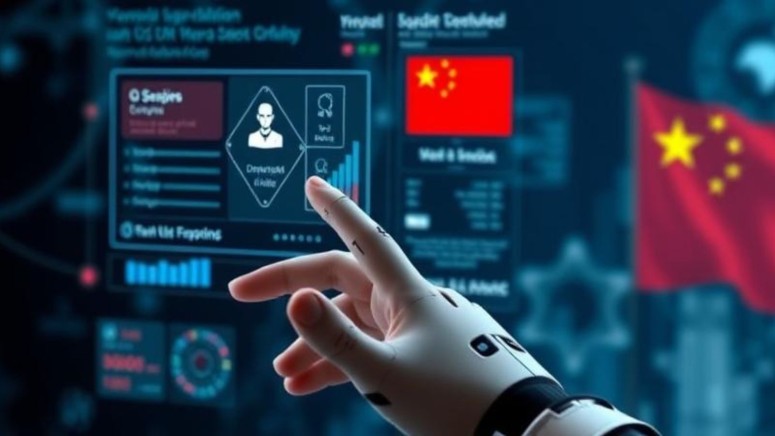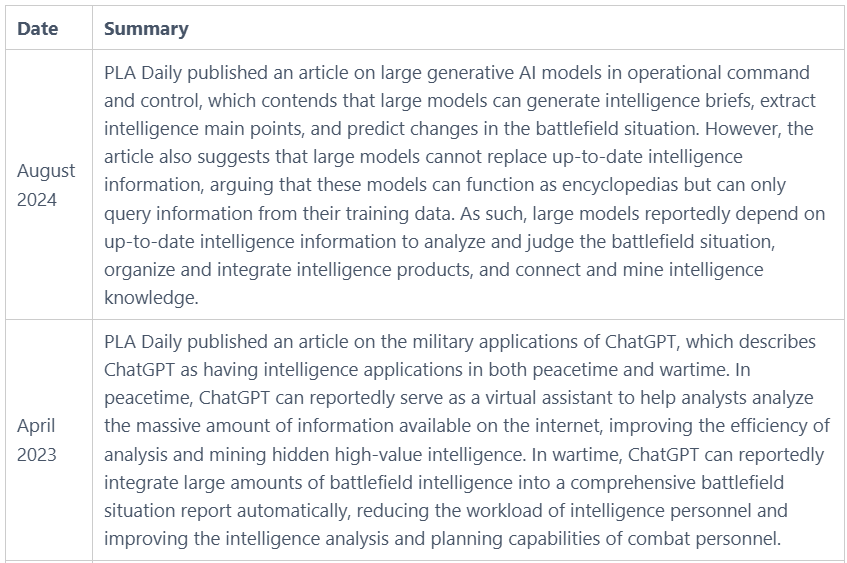
PLA’s Generative AI Expansion in Chinese Military Intelligence Raises Global Concerns
- PLA researchers and Chinese defense industries are expanding generative AI use in the military sector.
- A Chinese defense contractor confirmed providing a DeepSeek-based OSINT model to the PLA.
- They focus on enhancing intelligence collection, analysis, and decision-making efficiency on a massive scale.
The People’s Liberation Army (PLA) of China has been advancing its use of generative artificial intelligence (AI) in military intelligence operations, utilizing both proprietary and open-source large language models (LLMs).
PLA researchers and Chinese defense industries are developing tools aimed at enhancing intelligence collection, analysis, and decision-making efficiency on a massive scale.
The PLA’s generative AI tools are reportedly being designed to analyze intelligence data, generate reports, predict battlefield changes, and even facilitate military decision-making, a recent report by the Insikt Group reveals.
These systems, informed by models from domestic providers like DeepSeek and Alibaba Cloud, as well as foreign platforms, exemplify a significant push toward leveraging AI for military superiority.
A Chinese defense contractor confirmed the application of a DeepSeek-based AI model for open-source intelligence (OSINT), signaling active integration within intelligence workflows.
Despite the promise of rapid processing and minimal human labor requirements, the PLA acknowledges critical challenges. Issues such as data reliability, biases in model training, and risks from foreign counterintelligence productions like deepfakes could severely hinder the technology's potential.
For instance, PLA researchers posit that foreign adversaries, including Western agencies, could deploy AI to create misleading intelligence, compromising China’s analytical outcomes.
The report also highlights the limitations of general-purpose AI models for military tasks. Efforts are underway to fine-tune specialized models addressing military requirements, such as processing geospatial and signals intelligence.
However, researchers stress concerns around “algorithmic black boxes” and national security vulnerabilities, necessitating improved corpora and traceability mechanisms.
For the West, the PLA’s rapid adoption of this technology introduces challenges in countering disinformation and protecting proprietary AI innovations. While the full effectiveness of China’s generative AI strategy is yet to be determined, its implications are clear.
This development underscores the evolving battlefield where AI technology shapes not only military tactics but also intelligence superiority on the global stage.










